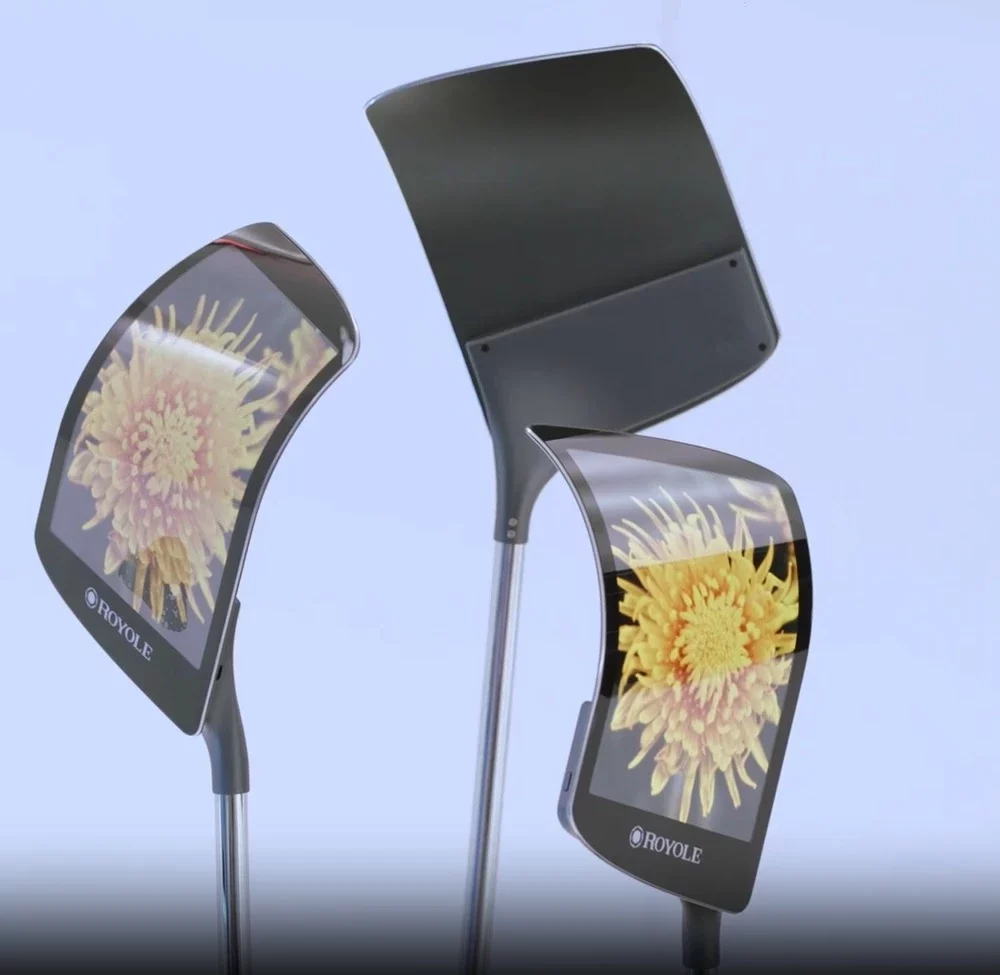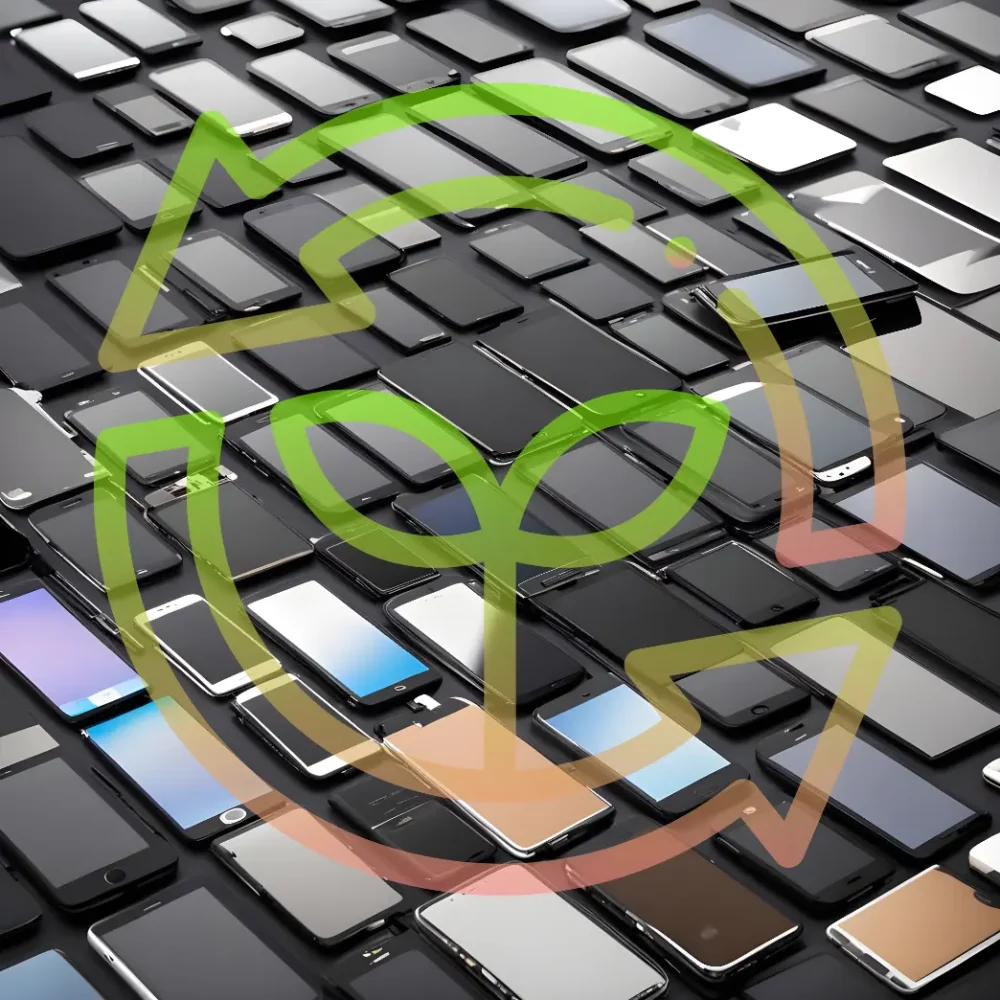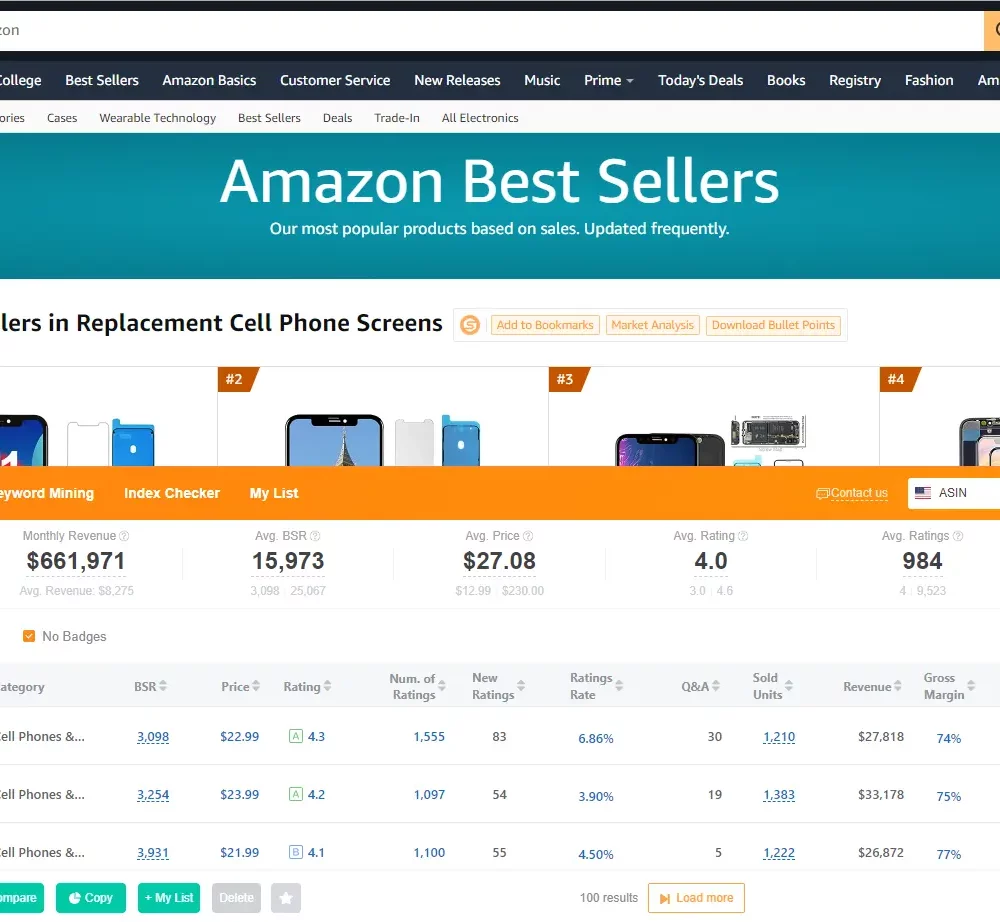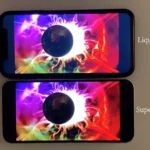
What to Know About iPhone Screen Resolution
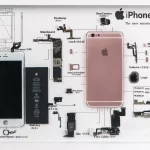
iPhone Models Teardown
When the battery health of an iPhone is below 80%, users often consider replacing it with a new battery. While official Apple batteries are expensive and have long waiting times, some users opt for third-party batteries with standard or high capacity.
However, starting from A12 processor models, Apple introduced a battery protection chip, causing a pop-up warning and no battery health display when a third-party battery is installed.
| Model | Chipset | BMS Encryption |
|---|---|---|
| iPhone 6 / 6 Plus | A8 | None |
| iPhone 6S / 6S Plus | A9 | None |
| iPhone 7 / 7 Plus | A10 | None |
| iPhone 8 / 8 Plus | A11 | None |
| iPhone SE | A9 | None |
| iPhone SE 2nd | A13 | Chip |
| iPhone SE 3rd | A15 | Chip + New Algorithm |
| iPhone X | A11 | None |
| iPhone XR / XS / XS Max | A12 | Chip |
| iPhone 11 / 11 Pro / 11 Pro Max | A13 | Chip + New Algorithm |
| iPhone 12 / 12 Mini / 12 Pro / 12 Pro Max | A14 | Chip + New Algorithm |
| iPhone 13 / 13 Mini / 13 Pro / 13 Pro Max | A15 | Chip + New Algorithm |
| iPhone 14 / 14 Plus | A15 | Chip + New Algorithm |
| iPhone 14 Pro / 14 Pro Max | A16 | Chip + New Algorithm |
Which iPhone Model is BMS encryption protected
What can we do about the pop-up warning?
As a third-party battery manufacturer, BenleyTech respects Apple’s intellectual property considerations and focuses on improving battery quality instead of developing battery hacks.
To address the pop-up warning, there are two options for third-party repairs.
Accept
Replacing BMS
Methods for iPhone XR, XS, XS Max and SE2
The old original BMS board is soldered onto a high-quality third-party bare cell. The stored battery cycle and efficiency parameters in the old BMS board are reset as shown in left video. If the new battery is directly installed, the system recognizes that the battery serial number hasn’t changed, and it won’t overwrite the old battery health data. In this case, there are two solutions in the repair market: (a) Connect the phone to a battery with a different serial number, and the system will continue to display the repair message. Then, reinstall the new battery, and the system will overwrite the pre-set battery health parameters, completing the battery replacement. (b) Flash the underlying battery data into the BMS board, directly modifying the battery serial number data inside the encryption chip. After reinstalling the phone, the system reads the new serial number battery data, completing the battery replacement.
Methods for all series models of iPhone 11, 12, 13, & 14
To eliminate the pop-up warning, the BMS protection board from the old battery needs to be transferred directly into the new battery. In this case, the phone continues to use the old battery health data. Due to the dual protection of the encryption chip in the BMS board and the new encryption algorithm, it is currently not possible to directly write data into the BMS encryption chip. As a result, the market has introduced tag-on flexes that are installed between the phone’s mainboard and the battery BMS board, shown in the video on the right. These flexes intercept and provide disguised battery health parameters to the iOS system. The calibration of the battery health parameters is quick, eliminating the need for the 3-5 day charging and discharging cycles. However, if the firmware of the tag-on flex is not updated promptly after an iOS system update, errors may occur. Additionally, considering the cost of the tag-on flex and the running cycles, repair shops suggest users use their phones normally to restore battery health. By disabling battery optimization and fully discharging and recharging the battery each time, the recovery speed of battery health can be accelerated.

